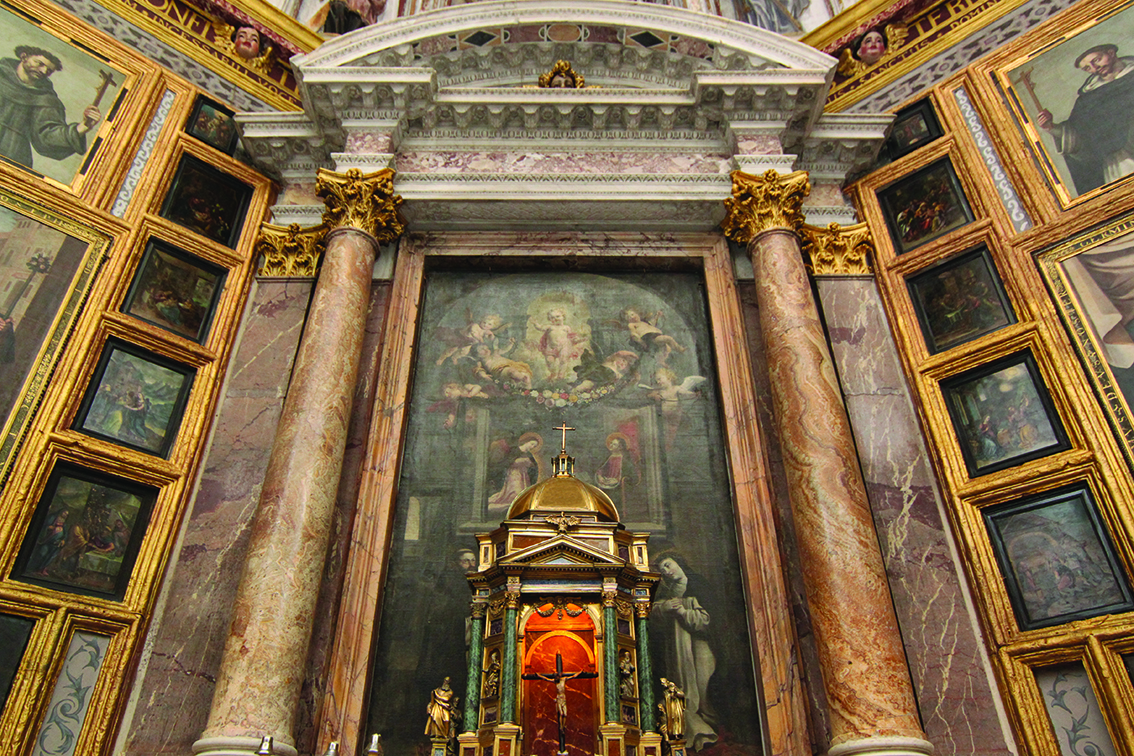Art at the service of the nobility
From Plateresque to the purest Italian essence
From the end of the 15th century and throughout the following century, Baena saw the erection of churches, chapels and ancestral homes that proved to be symbols of prestige for the local elite.
The fall of the kingdom of Granada, the last Muslim bastion on the peninsula, led to a change of habits in a nobility that no longer demonstrated its prestige through the exercise of arms but as great patrons who, through art, would perpetuate their memory in the stocks linked to their titles. The lords of Baena, dukes since 1566, carried out intense work both in the palatial adaptation of their old castle, as well as in the main chapel of Santa María and, in a very special way, in the monastery of Madre de Dios, founded by the third Count of Cabra at the beginning of the century.
Although only a few vestiges of the civil architecture of this period have been preserved, within the sacred art we can appreciate a large sample among which the splendid main altarpiece of the conventual church of the Dominicans stands out. A work imported from Italy, it presides over the apse of the temple, which also includes a large bronze and lapis lazuli manifestor and an interesting collection of paintings, including two Mannerist canvases from Jacopo Bassano’s workshop. The altarpiece of the relics, the choir stalls and the grill of the main chapel of this same church; the grating of the chapel of the Count of Cabra, the plasterwork altarpiece of the Tabernacle and the cover, also plateresque, of the old archive, in Santa María la Mayor, as well as the collection of gratings from the churches of San Bartolomé and Nuestra Señora de Guadalupe.


